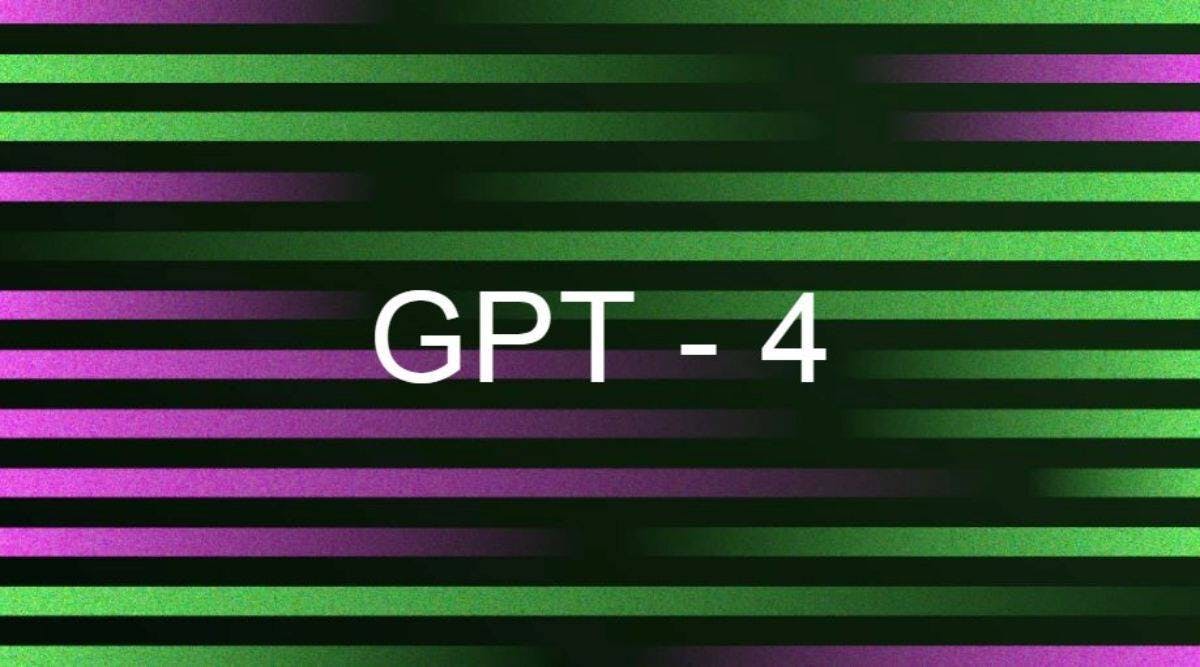

April 28, 2023
GPT-4 at Wasmer
GPT-4, paving the way for the future of knowledge sharing
Rudra

In this article, I will take you on a historical rollercoaster using mythology to explain you the evolution of tools that we use today in our lives.
A while back

Maa Durga - BhadwamKiPhotos.com
The photo above is of the Hindu goddess 'Durga’ . She is represented as the goddess of power & courage and is the first one prayed to whenever one goes to a war.
In ancient times, there was a clash between Sikhs and Mughals. Sikh Guru prayed to goddess Durga for her blessings and fight the war:
तुही तीर तरवार काती कटारी ॥ तुही संख पदमण गदा चक्रधारी ॥ तुही तोप बंदूक गोला चलंती ॥ तुही कोट गढ़ कउ धमक सिउ उडंती ॥ - Dasam Granth
If you don’t know hindi, no worries. The lines mentioned above mean, “Oh goddess, you’re the arrow and the sword that pierce and cut. You’re the conch shell, the mace, but you also the gun and the canon".
Guru understood that the power is the same but forms differ and evolve throughout time.
We can do a similar analogy with knowledge, where information was initially conveyed through mouth, then writing on stones/caves, then manuscripts and books, then digitally through various mediums like pdfs, articles, videos, tutorials, How-Tos, etc.
Recently, a new tool was unleashed that challenges how information is normally transmitted: ChatGPT.
Back to now
Today, ChatGPT is the result of hard work and evolution of human knowledge through the passage of time.
We at Wasmer use ChatGPT in various tasks such as code reviews, documentation, tests development, writing articles, etc.
Because these tasks too have evolved like asking questions from a neighbour/friend to consulting the internet and now AI tools getting you the near perfect answer for any FAQ you might have or how article writing is evolving from verbal stories to AI generated content.
We find its use cases in the following aspects:
Non-Technical use cases
- Articles: Writing articles and distributing your knowledge is an integral part of the Wasmer’s culture. ChatGPT has significantly reduced the time it takes to publish our articles, both internally and externally.
- FAQs: Generating FAQs using ChatGPT gives us the context of user’s perspective for our products
- Project boilerplate setup: Writing documents for setup and installation is also an area where ChatGPT shines
- How-Tos and Tutorials: One of the most important task for an open-source product is to have a lot of examples and tutorials. ChatGPT assists us in structuring and sometimes writing examples too.
Technical use cases
- Documentation: ChatGPT helps us write documentation fast and in a contextual form giving an overall overview with other products. This extends to code documentation for functions, structs, etc.
- Testing: While writing test cases and making edge cases it can greatly reduce the time for testing our components. Additionally, you get to learn about many more conditions where the test could have failed.
- Refactoring: Refactoring can be a tedious task, sometimes requiring changes to the code structure. Here, chatGPT shines IMO by suggesting you better structural patterns and improve your code design.
Another tool similar to ChatGPT for programming is GitHub Copilot.
ChatGPT📎 vs GitHub Copilot🤖
| GPT-4 | Copilot |
|---|---|
| Gives you the structure as well on how to place your code | Just gives you the code |
| Provides explanations | No explanations |
| Can be slow to generate code, as multiple iterations might be needed to produce satisfactory results, which can consume time | Very fast to give solutions even multiple solutions |
| Good for boilerplates | Also suitable for boilerplates, but less helpful when dealing with multiple files |
| Very high contextual power | Medium contextual power |
Looking Further 👁️
I believe that today's cutting-edge and blazingly fast innovations will fuel the advancement of knowledge and computing in the future. Embracing these technologies is essential for our growth as developers, managers, and as individuals.
Another example of progression is the transition from bare metal to hypervisors, virtual machines, Docker, and now the WebAssembly System Interface (WASI). This evolutionary journey is shaping the future of technology. Therefore, at Wasmer, we are dedicated to being at the forefront of these advancements, ensuring that we continue to pave the way for a brighter, more efficient tomorrow.
About the Author
Rudra
A while back
Back to now
Non-Technical use cases
Technical use cases
ChatGPT📎 vs GitHub Copilot🤖
Looking Further 👁️
Deploy your web app in seconds with our managed cloud solution.
Read more

wasixengineeringepollruntime
Boosting Performance: Integration of epoll syscall in WASIX
RudraAugust 8, 2023
reviewengineeringecosystem
WebAssembly Core 2 - Reporting From the Town Square
Syrus AkbaryMay 11, 2022